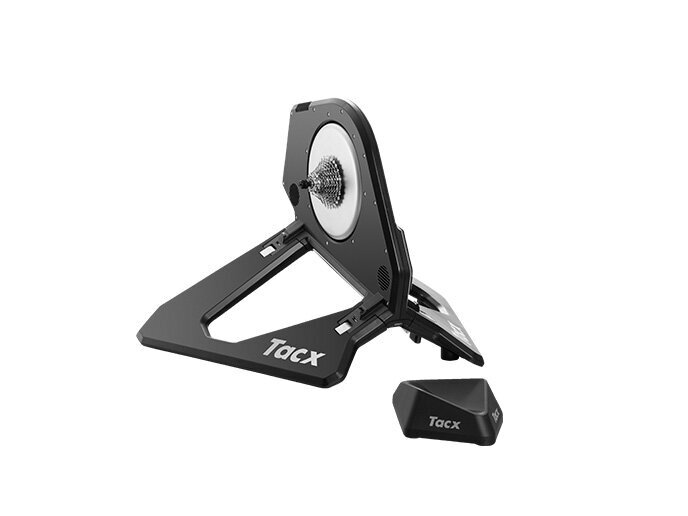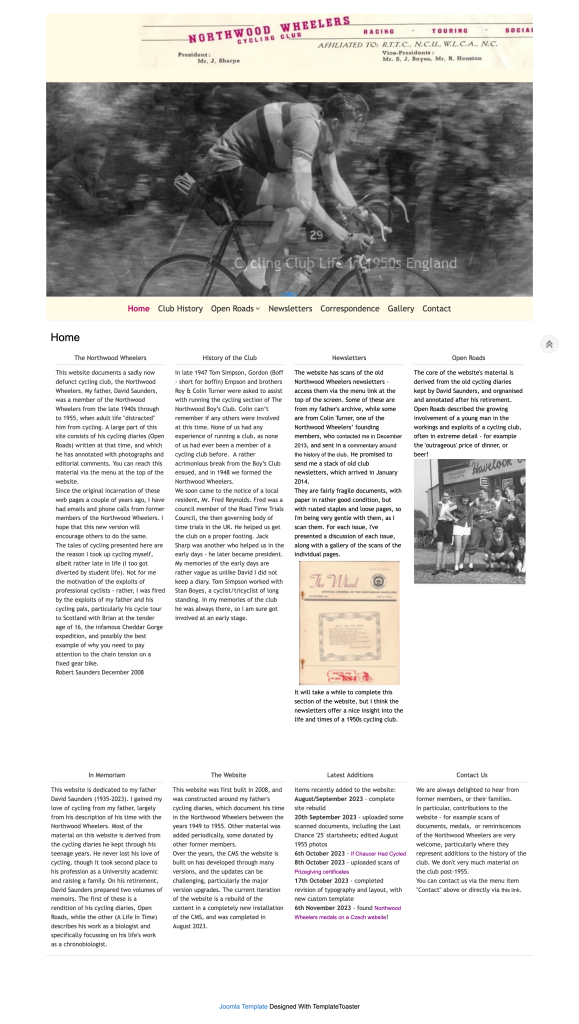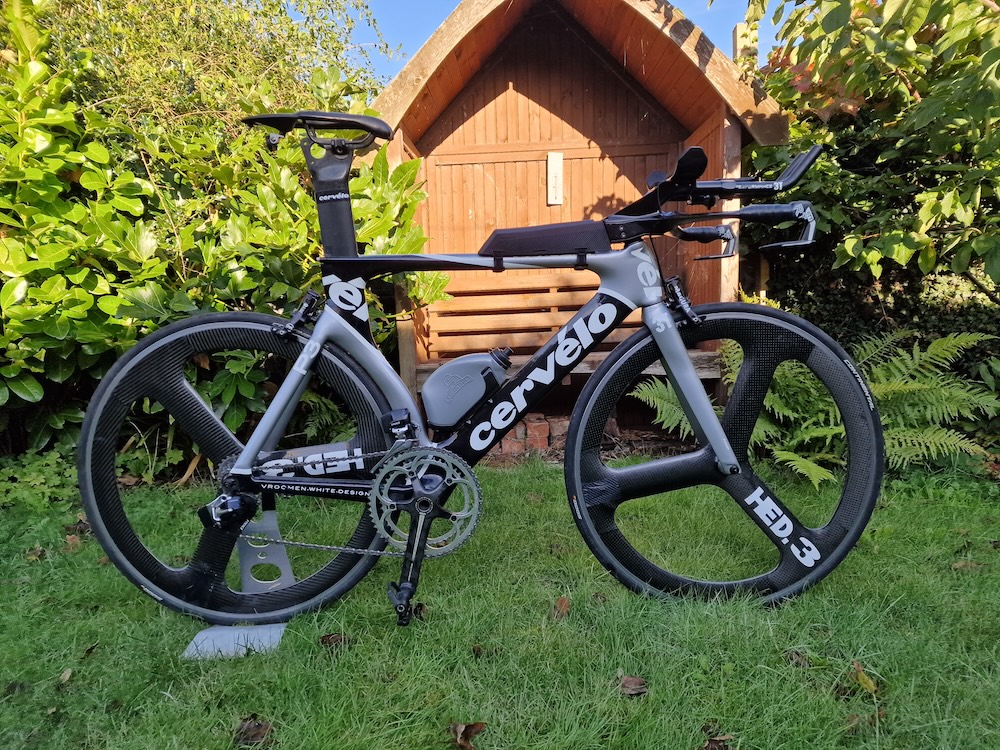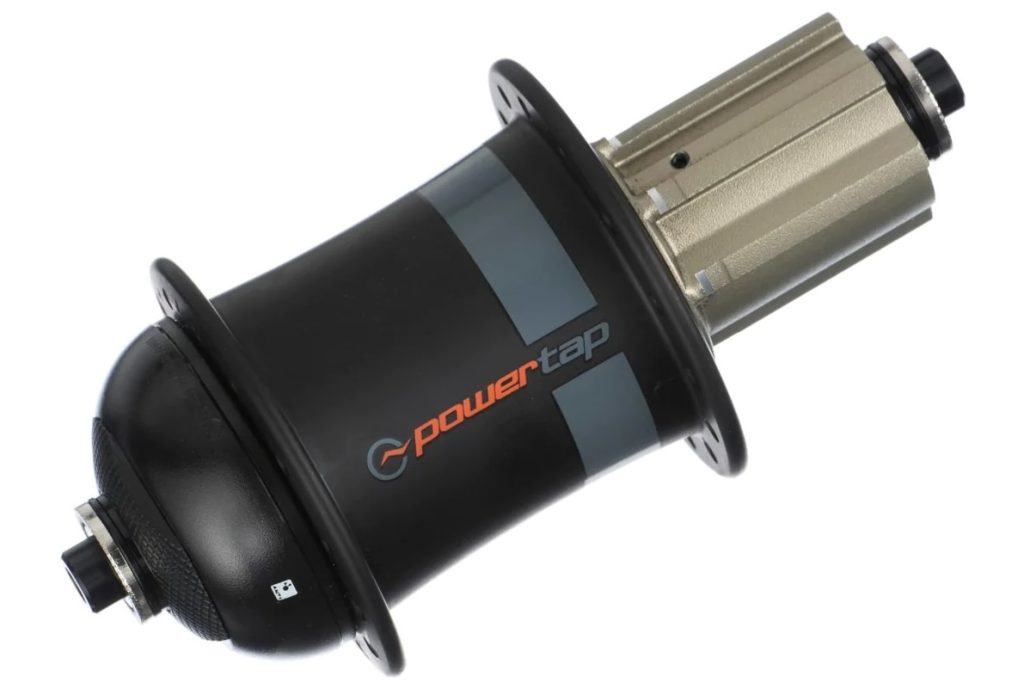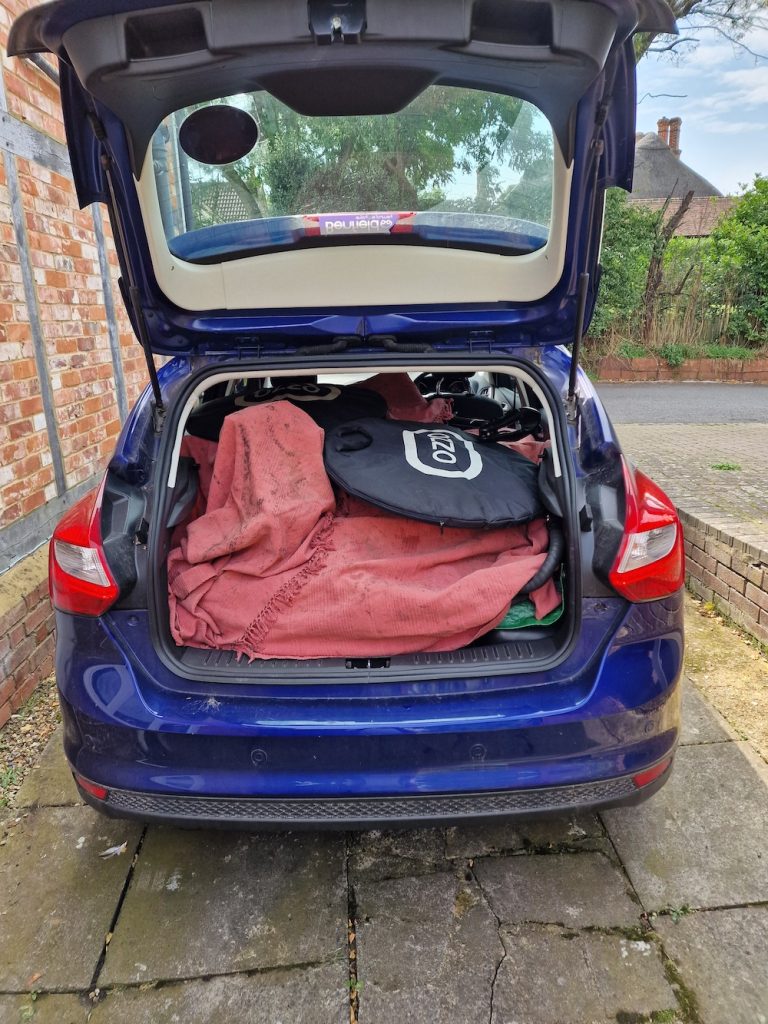This is the first in a short series of posts in which I discuss my approach to training for cycle time trials. I find road cycling to be unsuitable for structured training sessions other than extended endurance sessions, due to a combination of climbs and descents (albeit pretty small around here), junctions, traffic lights and of course motor traffic. The exception to that would be the evening 10 mile time trials the club offers through the season, which provided an opportunity for riding at a high sustained pace for 20+ minutes.
In part 1, I’ll give a bit of background to the kit I use.

